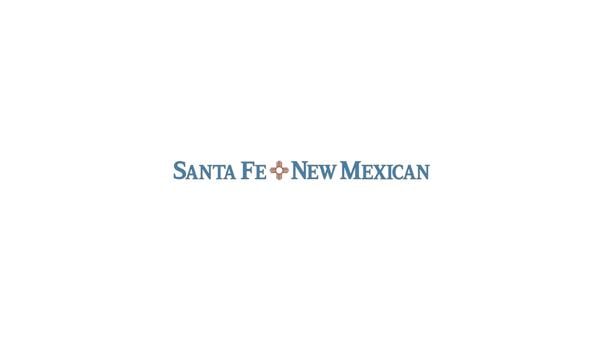Cultural programs hold hope for education
Cultural programs hold hope for education | My View ... Santa Fe New Mexican


Sustainable Development Goals and the Reversal of Economic Progress in New Mexico

Introduction
The recent Supreme Court ruling to strike down affirmative action in college admissions, combined with the cancellation of the student loan forgiveness plan, has dealt a major blow to New Mexico educators. This setback signals the beginning of a reversal to economic progress for diverse students in higher education. As committed educators, it is our duty to ensure that all New Mexico students have access to a quality education, regardless of any obstacles we may face, including the repeal of affirmative action.
The Importance of College Education
Decades of research have consistently shown that access to a college education greatly contributes to the economic and social well-being of our communities. However, New Mexico has consistently ranked low in terms of education quality. In fact, the state is currently ranked last (No. 50) for education in the 2023 Best States Rankings by U.S. News & World Report, as well as in the 2023 Kids Count Data Book’s child well-being rankings.
The College Preparation Program
Since 2016, the Chicana and Chicano Studies Department at the University of New Mexico has been actively working to improve educational outcomes through its College Preparation Program. This program aims to assist high school students from underrepresented backgrounds in preparing for and succeeding in college.
SDGs, Targets, and Indicators
-
SDG 4: Quality Education
- Target 4.1: By 2030, ensure that all girls and boys complete free, equitable, and quality primary and secondary education.
- Indicator 4.1.1: Proportion of children and young people (a) in grades 2/3; (b) at the end of primary; and (c) at the end of lower secondary achieving at least a minimum proficiency level in (i) reading and (ii) mathematics, by sex.
-
SDG 10: Reduced Inequalities
- Target 10.2: By 2030, empower and promote the social, economic, and political inclusion of all, irrespective of age, sex, disability, race, ethnicity, origin, religion, or economic or other status.
- Indicator 10.2.1: Proportion of people living below 50 percent of median income, by sex, age, and persons with disabilities.
The article highlights the issues related to access to quality education for diverse students in New Mexico. This aligns with SDG 4: Quality Education, which aims to ensure inclusive and equitable quality education for all. The article specifically mentions the low rankings of New Mexico in terms of education quality and child well-being. This connects to Target 4.1 of SDG 4, which focuses on ensuring that all girls and boys complete free, equitable, and quality primary and secondary education.
The article also mentions the Supreme Court’s ruling to strike down affirmative action in college admissions, which can be seen as a setback for reducing inequalities. This relates to SDG 10: Reduced Inequalities, which aims to empower and promote the social, economic, and political inclusion of all. The cancellation of the student loan forgiveness plan further exacerbates the issue of inequality in higher education.
While the article does not explicitly mention specific indicators, we can infer that Indicator 4.1.1 of SDG 4, which measures the proportion of children and young people achieving minimum proficiency levels in reading and mathematics, can be used to measure progress towards ensuring quality education for all. Additionally, Indicator 10.2.1 of SDG 10, which measures the proportion of people living below 50 percent of median income, can be used to measure progress towards reducing inequalities.
SDGs, Targets, and Indicators
| SDGs | Targets | Indicators |
|---|---|---|
| SDG 4: Quality Education | Target 4.1: By 2030, ensure that all girls and boys complete free, equitable, and quality primary and secondary education. | Indicator 4.1.1: Proportion of children and young people (a) in grades 2/3; (b) at the end of primary; and (c) at the end of lower secondary achieving at least a minimum proficiency level in (i) reading and (ii) mathematics, by sex. |
| SDG 10: Reduced Inequalities | Target 10.2: By 2030, empower and promote the social, economic, and political inclusion of all, irrespective of age, sex, disability, race, ethnicity, origin, religion, or economic or other status. | Indicator 10.2.1: Proportion of people living below 50 percent of median income, by sex, age, and persons with disabilities. |
Behold! This splendid article springs forth from the wellspring of knowledge, shaped by a wondrous proprietary AI technology that delved into a vast ocean of data, illuminating the path towards the Sustainable Development Goals. Remember that all rights are reserved by SDG Investors LLC, empowering us to champion progress together.
Source: santafenewmexican.com

Join us, as fellow seekers of change, on a transformative journey at https://sdgtalks.ai/welcome, where you can become a member and actively contribute to shaping a brighter future.







